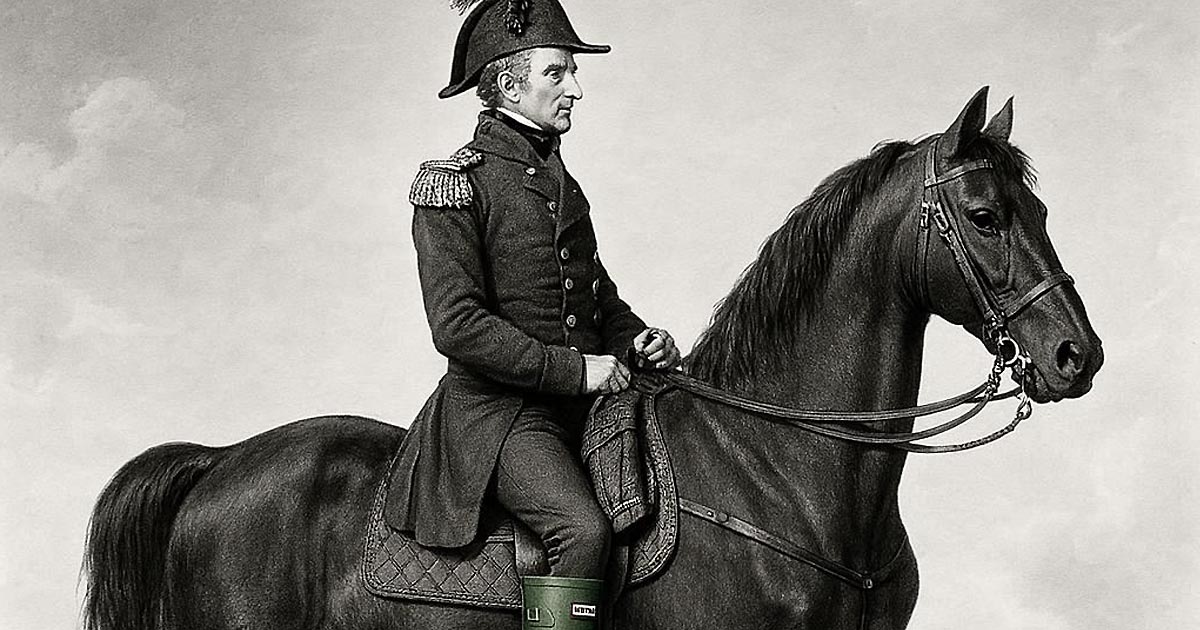Wellington boots, often affectionately called “wellies,” have long been a staple of British culture. Originally designed for practicality and protection in muddy or wet conditions, these iconic rubber boots have transcended their humble beginnings to become a global fashion and functional phenomenon. Today, wellington boots are recognized and worn worldwide, with each region and culture adapting them to suit local needs, climates, and styles.
Origins and British Legacy
The Wellington boot traces its roots back to the early 19th century, named after Arthur Wellesley, the Duke of Wellington. Combining durability with comfort, the boot was initially a leather design intended for the aristocracy. Over time, innovations in rubber manufacturing transformed the Wellington into the waterproof, slip-resistant boots we know today. In the UK, wellies have become synonymous with rural life, festivals, and outdoor events, cementing their place in British popular culture.
Global Popularity: From Farms to Fashion Capitals
The practical appeal of Wellington boots has ensured their adoption across continents. In New Zealand, for example, “gumboots” are an essential part of agricultural life, providing farmers with protection against mud, water, and uneven terrain. In Japan, rubber boots have been embraced not only for rainy seasons but also as a quirky fashion statement in urban centers such as Tokyo. Even in cities with less rainfall, like parts of the Middle East, wellington-style boots are marketed for gardening, festivals, and outdoor activities, demonstrating their versatility beyond purely functional purposes.
Cultural Variations and Local Adaptations
Around the world, Wellington boots are known by different names and exhibit unique cultural twists. In the United States, they are commonly referred to as “rain boots,” often featuring bright colors, patterns, and collaborations with pop culture brands. In parts of Africa, gumboots are customized for both practicality and self-expression, sometimes featuring bold designs that reflect local artistry. Scandinavia, with its long winters and snowy landscapes, has seen Wellington boots adapted with insulated linings and treaded soles to handle extreme conditions.
These variations show that while the fundamental design—a waterproof, durable boot—remains consistent, cultural preferences and environmental demands inspire creative reinterpretations. From neon patterns to fur-lined interiors, the Wellington boot demonstrates a remarkable ability to blend function with fashion.
The Wellie as a Global Icon
The enduring popularity of Wellington boots highlights the universal appeal of versatile footwear. Beyond practicality, they have become symbols of resilience, outdoor adventure, and cultural identity. Fashion designers and lifestyle brands increasingly feature wellies in seasonal collections, runway shows, and limited-edition releases, further solidifying their global status.
Solution for wet weather
What began as a practical solution for wet weather has evolved into a worldwide cultural icon. Wellington boots, or gumboots, continue to adapt to the needs and styles of different regions, proving that good design is truly universal. Whether traversing muddy fields in New Zealand, strolling through London festivals, or making a bold statement on Tokyo streets, Wellington boots remain a testament to functional fashion with enduring global appeal.

